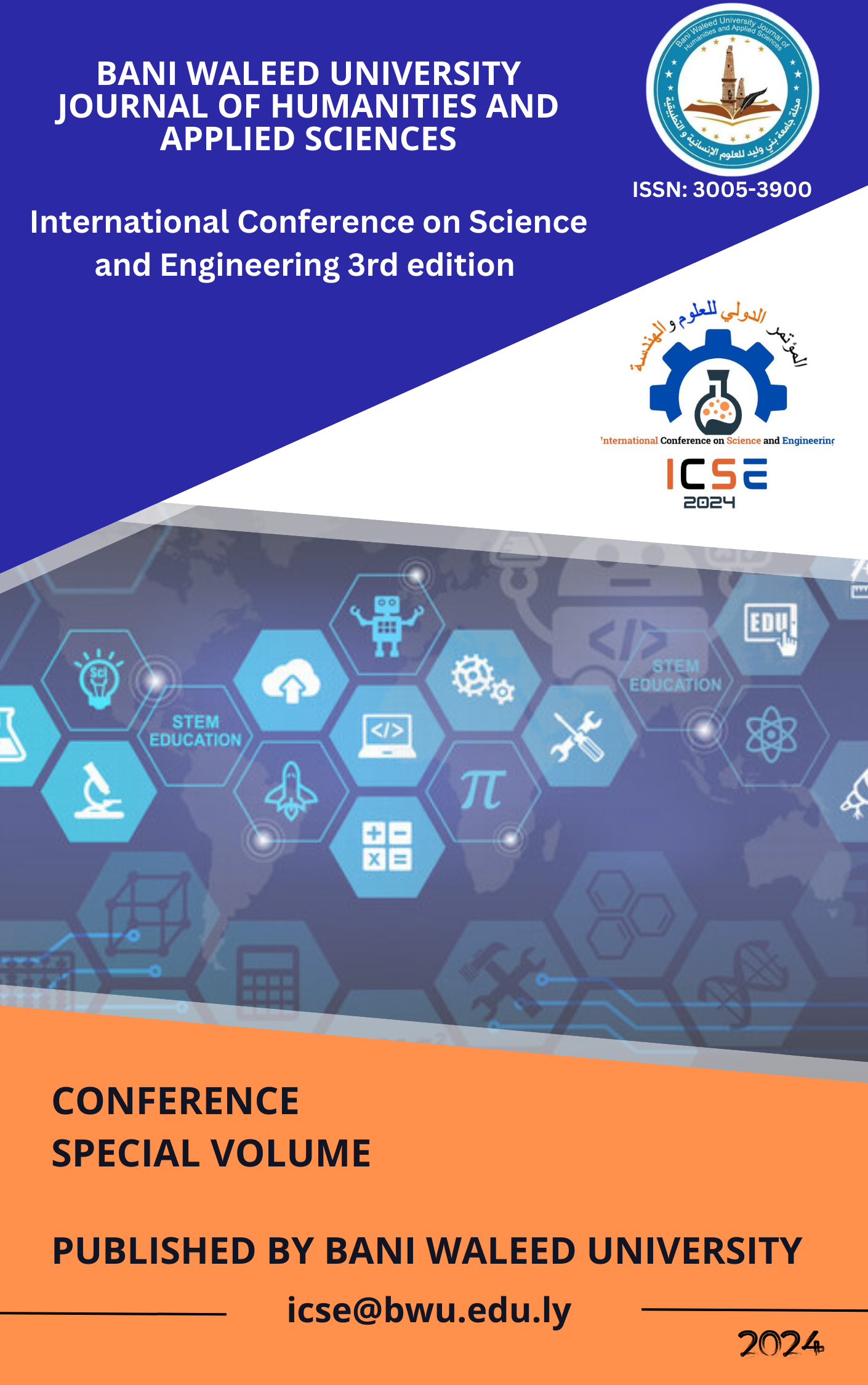A Comparative Study of the Mechanical Properties of Welded Aluminum Alloy 5052 Using Different Parameters in the TIG and MIG Welding Processes
DOI:
https://doi.org/10.58916/jhas.v9iالخاص.330Keywords:
TIG Welding, MIG Welding, Hardness, UTS, Mechanical characteristicsAbstract
This study investigates how the welding process parameters affect the mechanical properties of aluminum alloy 5052 using metal inert gas (MIG) welding and tungsten inert gas (TIG) welding. The experimental results showed that the mechanical properties of the alloy are significantly influenced by the welding process parameters used in MIG welding. In addition, verified that a welding voltage of 29 volts, a wire speed of 24 mm per minute, and a gas flow rate of 21 liters per minute are the optimal welding parameters to improve the tensile strength of the welded parts. The successful accomplishment of TIG welding butt joints with a thickness of 6 mm has been documented in the study. An in-depth analysis was conducted on the hardness profiles and tensile characteristics of the TIG welding joints. The optimal parameters identified for achieving a deep penetration of 5.93 mm include a welding current of 150A, a gas flow rate of 12L/min, a welding speed of 126 mm/min, and a heat input of 1428.57 J/mm.















